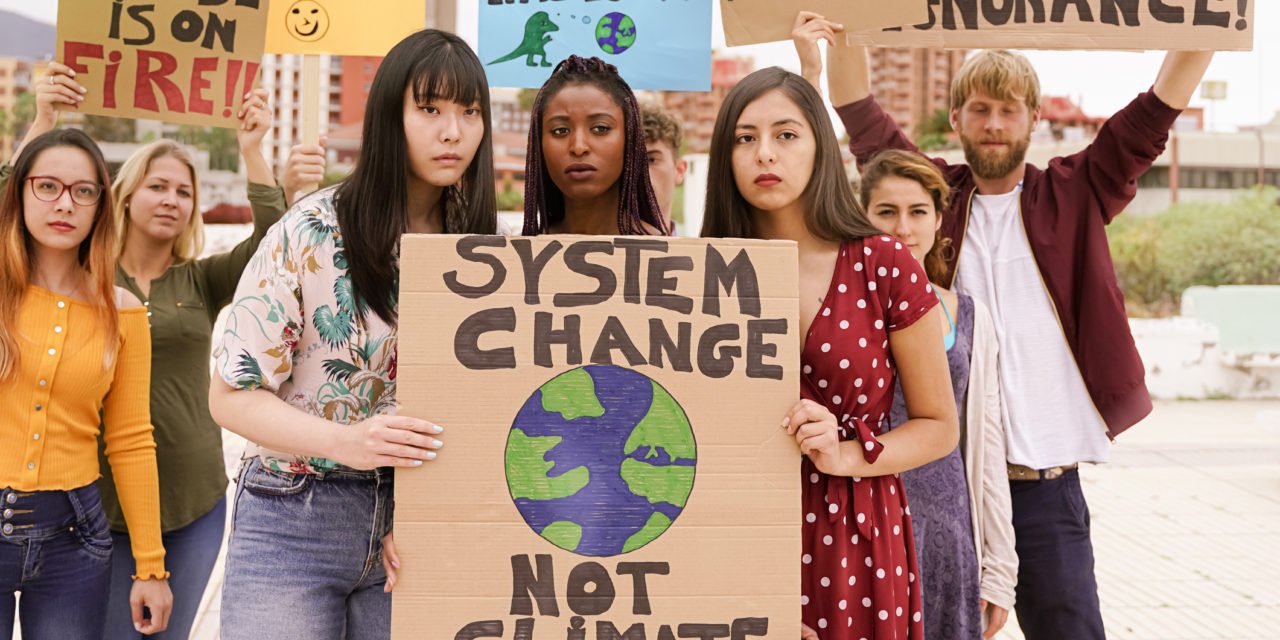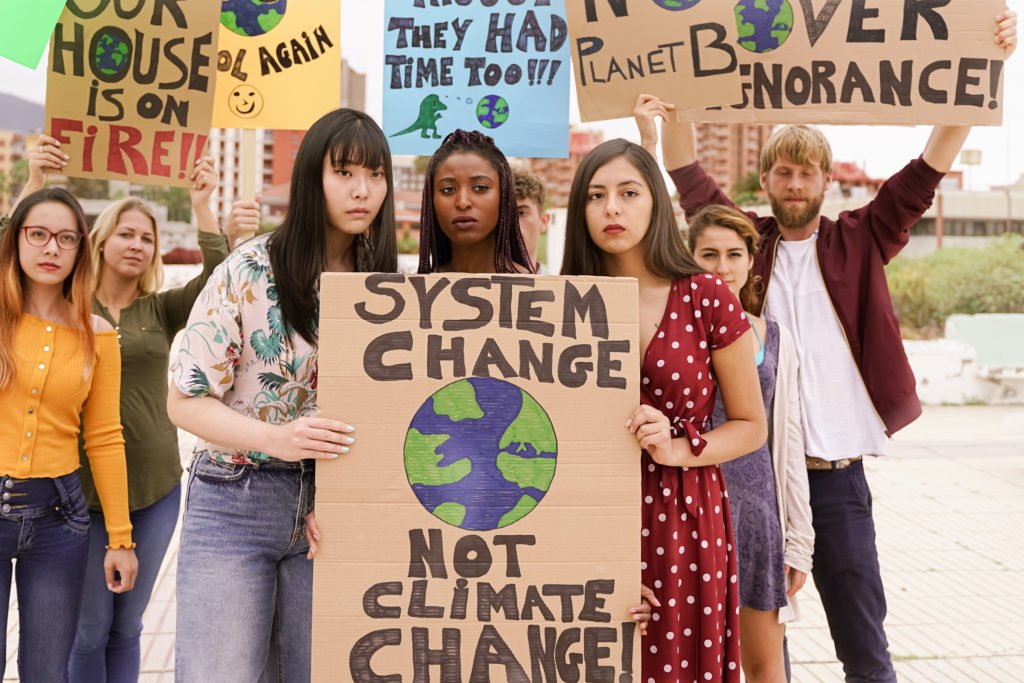Today we celebrate Earth Day with the theme of Restore Our Earth™ — a call asking us to look at the environment within a racial justice framework. As Scott Ferry wrote a few months ago, environmental justice IS racial justice.
The idea of environmental justice formally came about in the 1980s as “the degree to which people are treated equally and meaningfully involved in the creation of the human environment.” Since then, leaders in the movement have posited that environmental racism exists as the inverse of environmental justice.
So, what is environmental racism?
Environmental racism is placing more power plants, freeways and shipping centers in BIPOC communities and affording them less political power to resist these additions. It is exposing migrant farm workers to high amounts of toxic chemicals and pesticides. It is the concentration of gas stations and liquor stores in BIPOC communities instead of fresh food grocers. It is anti-homeless policies in low-income areas of big cities. It is the lack of public health infrastructure for BIPOC communities during the COVID-19 pandemic. It is the overexposure of BIPOC to hazardous waste, pollution and destruction.
And this is no accident.
Environmental racism is upheld by the systems in place and the (white) people in power.
Environmental racism is the overexposure of BIPOC to hazardous waste, pollution and destruction. And this is no accident. Environmental racism is upheld by the systems in place and the (white) people in power. Click To TweetIn the spirit of this year’s theme to Restore Our Earth™, we must look at the historical cycles of environmental racism to understand how to challenge it:
Redlining housing maps were commissioned by the federal government in the 1930s to make decisions of where and what type of infrastructure, lending and housing neighborhoods would receive. This meant that home ownership was promoted in white, suburban neighborhoods, and in the “redlined” neighborhoods (basically any nonwhite community), it was nearly impossible to secure mortgages or investment. Redlining not only encouraged racial segregation but also shut Black people out of homeownership – one of the most effective ways to build wealth. With a lack of investment and growth in these redlined communities, the property values lowered drastically, meaning the land was much cheaper for industrial corporations to buy for their power plants and factories. This of course led to massive amounts of pollution within these neighborhoods.
In the 1950s, the increase in cars was creating too much traffic on the roads to and from the new suburbs. The federal government used this as an opportunity to clear out “slums,” and they built interstate systems through, across and over communities for no other reason than, as Baltimore City Councilman John Bullock identifies, “because of the color of the people who lived there.” The placement of these freeways, interstates and even shipping centers means higher emissions of pollution from vehicles, on top of the pollution from power plants and factories already there.
After authorizing construction of factories, freeways and high levels of pollution in certain neighborhoods, politicians and corporations then used this as a ‘justification’ for redlining, exclusionary zoning and municipal secession. White people continued to avoid these areas, and people of color continued to be prevented from building wealth and power through property ownership; to be more vulnerable to natural disasters; and to face higher rates of exposure to environmental pollution. It was (and remains) segregation according to race, class and even life expectancy.
After authorizing construction of factories, freeways & high levels of pollution in certain neighborhoods, politicians then used this as a ‘justification’ for redlining. It was (and remains) segregation according to race, class… Click To TweetIt has been proven that racial segregation is significantly associated with exposure to a carcinogen emitted from car engines and power plants that is linked to premature death in people with heart or lung disease, decreased lung function and irregular heartbeat, among other illnesses. Communities of color also have higher rates of exposure on average to endocrine-disrupting chemicals that exist in toxic waste and air pollution. A 2017 study found that “if people of color had breathed the lower nitrogen dioxide levels experienced by whites in 2010, it would have prevented an estimated 5,000 premature deaths from heart disease among the nonwhite group.”
This is not just how nature or the environment works. These are not natural occurrences. Environmental racism is the result of deliberate choices by political and corporate leaders who are upholding these systems. Every single decision to build a freeway, to deny affordable housing, or to issue an industrial permit is a decision on whether or not to reinforce racial injustice.
These are not natural occurrences. Environmental racism is the result of deliberate choices by political and corporate leaders who are upholding these systems. Click To TweetThis Earth Day, rather than just devoting one day to planting trees and picking up litter (which we can and should still do), also take the time to learn about environmental racism, contact your representatives and challenge the broader system at play, because environmental justice IS racial justice.
This Earth Day, rather than just devoting one day to picking up litter, learn about environmental racism, contact representatives & challenge the broader system at play, because environmental justice IS racial justice. Click To Tweet


















